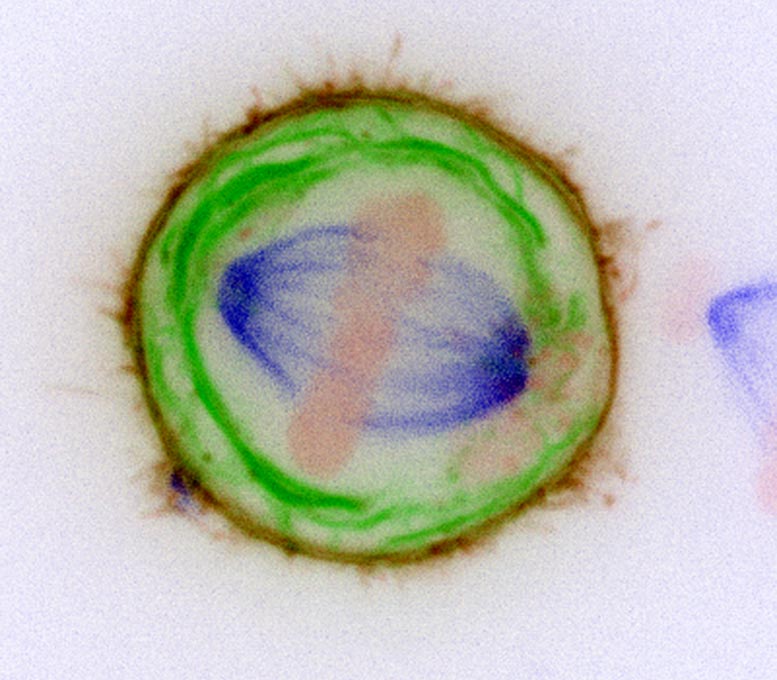
Chromosomes (shown in pink) are shared by the spindle (blue). Membranes (green) are a risk factor for correct chromosome sharing. Credit: University of Warwick
Research from the University of Warwick reveals new insights on a key cause of cancer formation during cell division (or mitosis), and points towards potential solutions for preventing it from occurring.
- When a cell divides abnormally, it does not share the correct number of chromosomes with the two new cells, which can lead to cancer.
- New research from Warwick Medical School has discovered why and how this happens, using “cell surgery.”
- Understanding the origin of abnormal cell division and cancer formation may lead to prevention.
When a cell divides normally, it makes a duplicate copy of every chromosome and then shares them equally between the two new cells. This function is carried out by a complex machine in the cell called the mitotic spindle.
If something goes wrong during this stage, the two new cells will be aneuploid, meaning that they will not have the correct number of chromosomes and will make mistakes when sharing genetic information.
Cancer cells are aneuploid, so understanding how and why this happens is incredibly important in finding out how the disease originates.
Professor Stephen Royle’s research team at Warwick Medical School has identified exactly this.
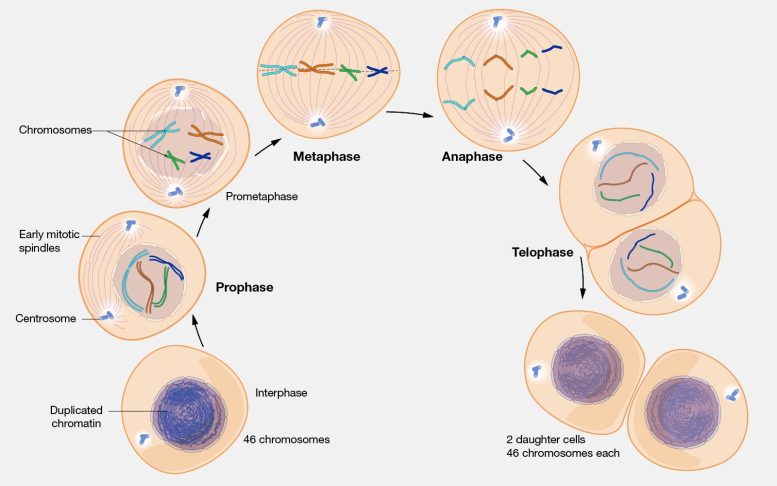
Mitosis is the process through which a cell copies its chromosomes and then segregates them, producing two identical nuclei in preparation for cell division. Mitosis is generally followed by equal division of the cell’s content into two genetically identical daughter cells. Credit: NIH
They found that some chromosomes can get lost and trapped in a tangle of membranes that exist in an area around the cell’s spindle, preventing the chromosomes from being shared properly and leading to abnormal cell division that can cause cancer.
They made their discovery by performing a sort of ‘surgery’ on living cells. The researchers invented a way to remove the tangle of membranes in which chromosomes get trapped, and as a result, the chromosomes were rescued by the spindle, thus enabling normal healthy cell division.
This proved, for the first time, that chromosomes getting caught in these membranes is a direct risk factor for the formation of cancerous cells. Understanding this risk can lead to more effective cancer prevention.
Stephen Royle, Professor of Cell Biology at Warwick Medical School, commented:
“Many scientists working on cell division focus on the spindle: how it works and why it makes mistakes in cancer. In this paper we shifted the spotlight and looked at membranes inside dividing cells.”
Dr. Nuria Ferrandiz, lead author of the study, said:
“We found that chromosomes can get trapped in membranes and this is a disaster for the dividing cell. It has the potential to change a normal cell into a cancer cell. Preventing this process may be a way to treat disease.”
Reference: “Endomembranes promote chromosome missegregation by ensheathing misaligned chromosomes” by Nuria Ferrandiz, Laura Downie, Georgina P. Starling and Stephen J. Royle, 28 April 2022, Journal of Cell Biology.
DOI: 10.1083/jcb.202203021




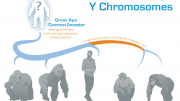
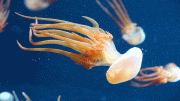
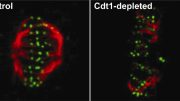
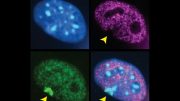
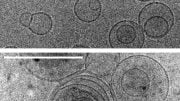
… just an idea!
If one mixes lion and tiger there could be one mix where the cancer is more likely to occur. And one more thing, could there be something like that when humans mixed with neanderthals… we would see that mothers have more likely have offspring with N. or fathers had more likely offspring that survived, and we don’t get it why…
Why is it difficult to understand a cancer cell whereas physicists described atoms and molecules centuries ago without even seeing them?
Because a living cell is a very complex system: not only it consists from millions of atoms and molecules, we have to take into account how those molecules interact and affect each other. Only recently people managed to emulate a fraction of this process through computer models, which was impossible because of technical limitations.
That said, the understanding of the cancer cell is not that difficult: it’s a cell that (due to a number of reasons) refused the natural process of cellular death and went rogue on the original organism. The complexity lies in the multitude of reasons the cancer cell emerges in the first place and, of course, how to treat cancerous growth with a minimum damage to the healthy cells.